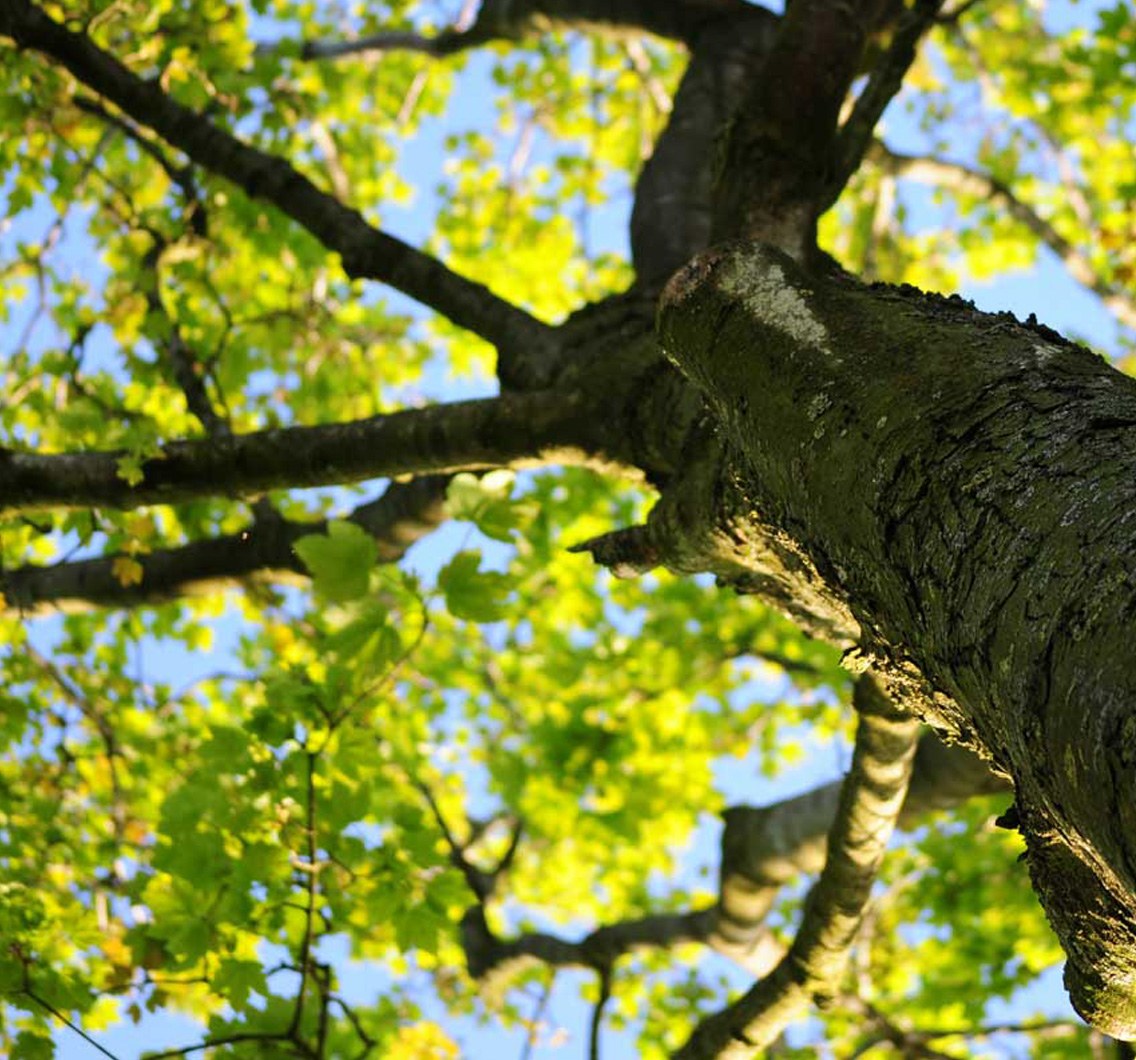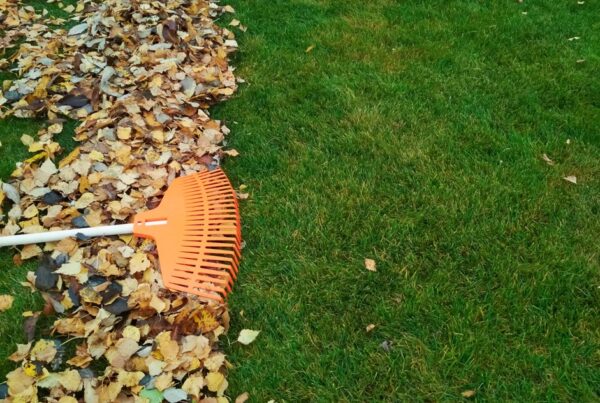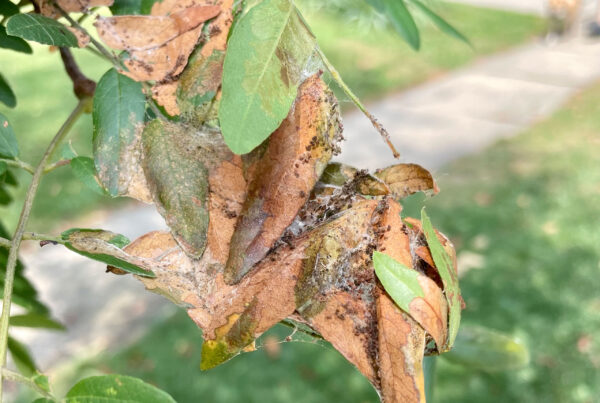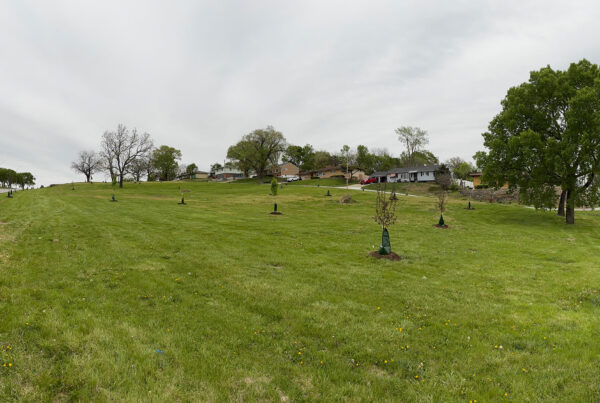Trees provide many types of benefits including:
- Social Benefits: Strengthen community bonds, improve mental well-being, and create serene, peaceful, restful, and tranquil environments.
- Community Benefits: Serve architectural and engineering functions by providing privacy, emphasizing views, reducing glare, and directing pedestrian traffic. Enhance the quality of life for residents.
- Environmental Benefits: Moderate climate, improve air quality, conserve water, and harbor wildlife. A single mature tree stores 13 pounds of carbon annually, while an acre of trees provides oxygen for 18 people every day.
- Economic Benefits: Afford direct benefits like energy cost reduction and increased property value. Trees can reduce air conditioning costs and lower energy demand by as much as 50 percent when planted in the proper location.
Why are Trees Important to the Urban Landscape?
Trees are an important part of making city life more tolerable. Some of the benefits trees provide include:
Trees…
- add beauty and character to our cities.
- provide us with color, flowers and diverse textures and shapes.
- soften the harshness and angular look of city streets.
- give us privacy.
- use carbon dioxide and convert and release life-giving oxygen.This consumption of carbon dioxide helps reduce global warming caused by the “greenhouse effect”
- help clean the air by trapping dirt, grit, and dust and by absorbing other pollutants.
- reduce noise pollution by acting as sound barriers.
- can enhance or screen views.
- are natural air conditioners.
- slow down or divert strong winds.
- can increase property value.
- provide jobs.
- increase pride in the community.
- provide habitats and food for urban wildlife.
- provide an oasis where friends and family may gather.
- INSPIRE US!






